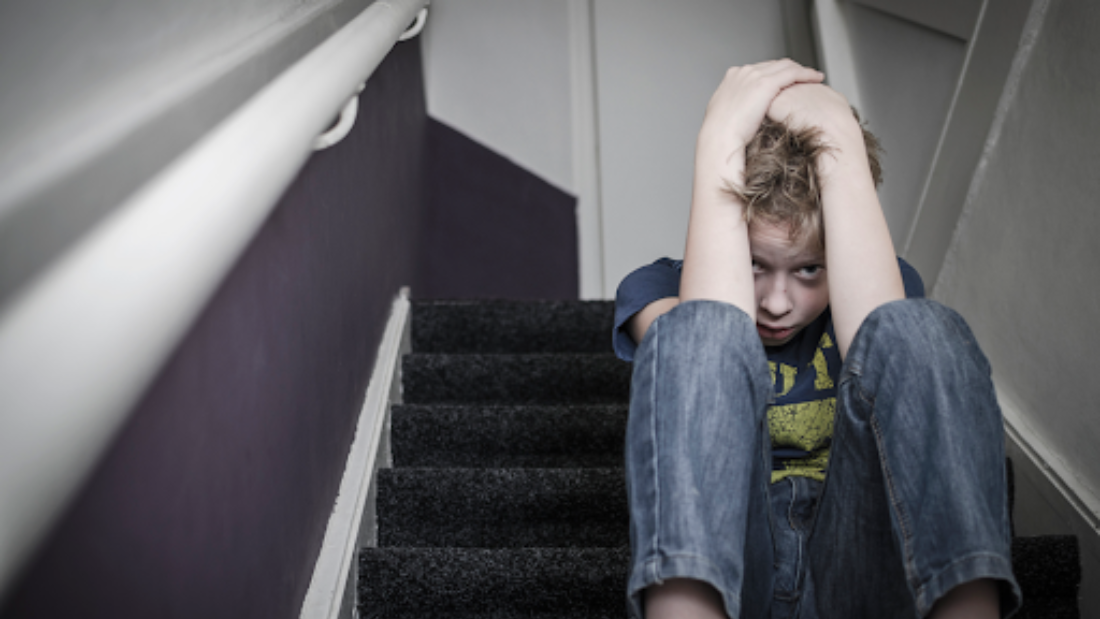In a world that constantly seeks to categorize and label, parents face the daunting challenge of guiding their children to embrace their true selves. The narratives that society promotes can often feel overwhelming, dictating how children should look, behave, or even think. Yet, amid this cacophony of external expectations, the role of a parent is to nurture the core identity of a child.
Recognizing that labels can be limiting is the first step. Society tends to confine individuals within predefined boxes, creating a narrative that can overshadow a child’s understanding of who they truly are. Parents can help by encouraging open dialogue about these societal messages. When children encounter labels—whether they stem from peers, media, or cultural expectations—parents should take the opportunity to explore these terms together. Ask questions such as “What do you think this means?” or “How does this make you feel?” This approach creates a safe space for children to express their feelings, promoting self-reflection rather than passive acceptance of external narratives.
Furthermore, parents should model the importance of self-definition. Demonstrating authenticity in their own lives teaches children that they also have the power to define themselves on their own terms. Sharing personal stories of self-discovery—overcoming obstacles, resisting labels, or embracing uniqueness—can inspire children to embark on their journeys of self-discovery with confidence.
Encouraging creativity and exploration is another vital tool for fostering self-awareness. Engage your child in activities that allow them to express themselves—whether through art, music, or sports. Each opportunity for self-expression can deepen their understanding of personal identity and inform how they navigate societal pressures.
In times of struggle, reassurance is paramount. Remind children that they do not have to conform to any imposed identity. Emphasizing that growth involves exploring and redefining oneself will cultivate resilience and adaptability. Celebrate their uniqueness and support their individual choices, reinforcing the idea that their worth is inherent and not contingent upon external approval.
As the world continues to label, the most profound gift a parent can offer is the assurance that they are loved for who they are, not who society wants them to be. By fostering a strong sense of self, parents can help their children navigate the labyrinth of societal expectations while proudly claiming their identity. In doing so, they prepare them not just to survive in this world, but to thrive as their authentic selves.










